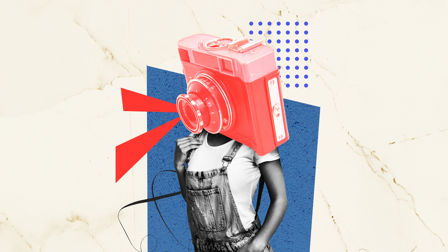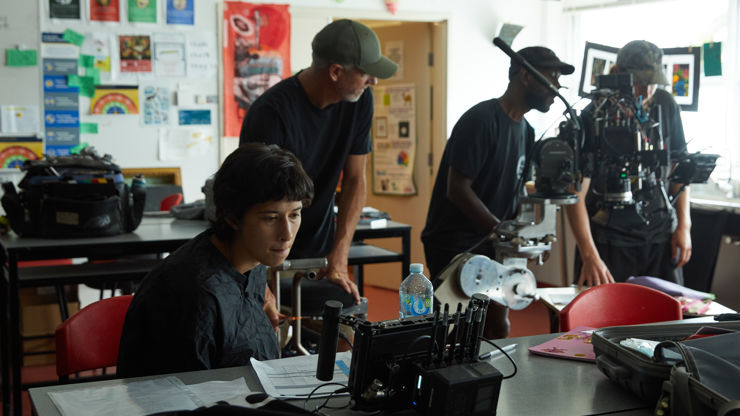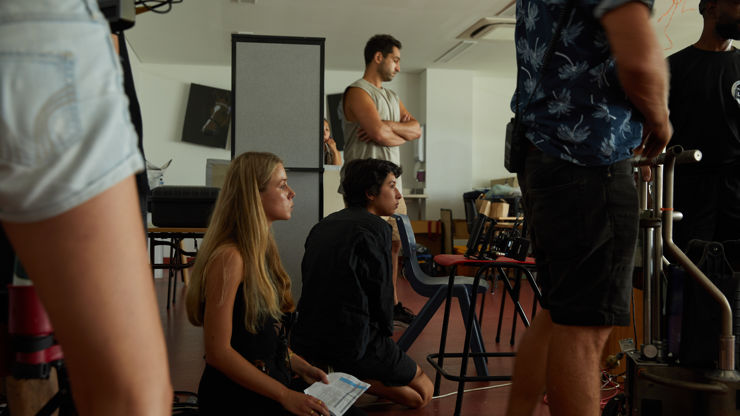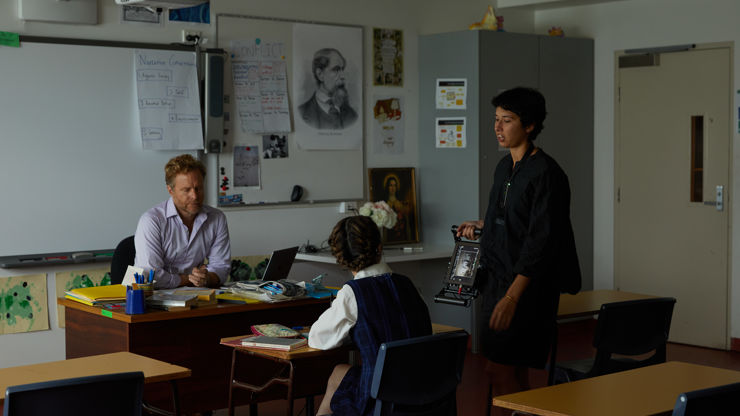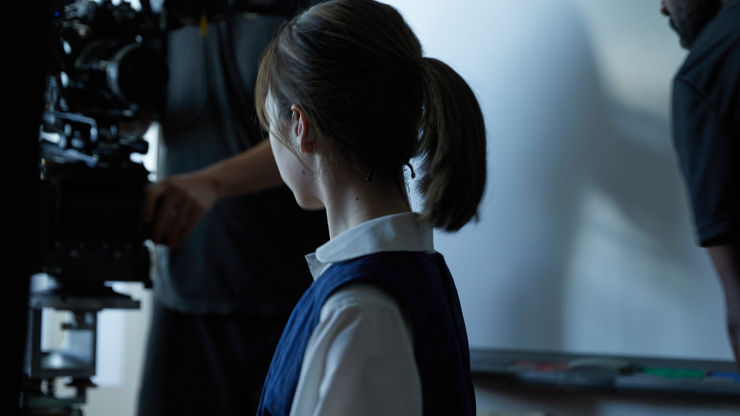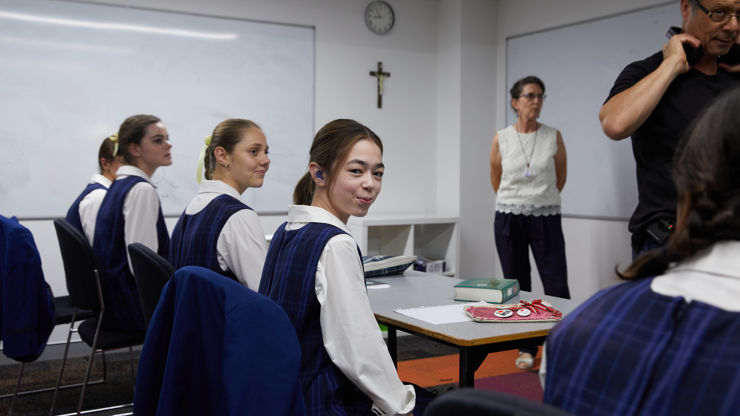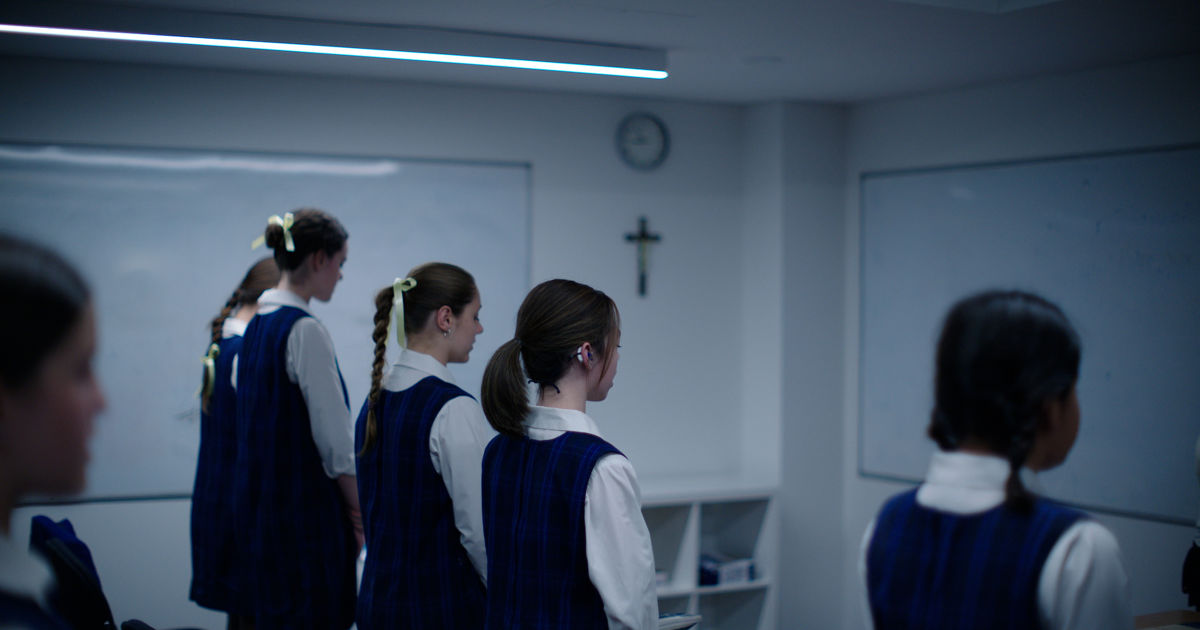Victoria Singh-Thompson on their Lolita inspired YDA winning short
Director Victoria Singh-Thompson chats to Izzy Ashton about their film 14 in February which scooped a YDA Gold in the Short Film (Up to 10 minutes) category.
Did you always want to be a director? What do you enjoy the most about directing?
Almost always… When I was little, there were dreams of being a classical concert pianist, but YouTube videos of 10-year-old prodigies quickly put out that fire. In high school, I was first introduced to the ‘job’ of directing by helping with my school productions as the student director. It was sometimes more chaos control than nuanced artistic direction. Still, I loved learning about rehearsals, blocking, set designs, costumes, lighting cues and performances from my drama teachers. Directing as a career though, felt very out of reach to someone on an Australian farm with an immigrant mum. But one afternoon, I was left in charge of the rehearsals for our production of West Side Story, and I had a realisation that this was what I had to do for the rest of my life.
Directing as a career though, felt very out of reach to someone on an Australian farm with an immigrant mum.
I applied to film school and have yet to look back. While I had a passion for theatre and film directing, I chose to pursue film directing due to my obsessive love of the medium. Film directing came more naturally to me due to the combination of performance and cinematic language, specifically the camera. What I enjoy most about directing can be traced back to that evening at West Side Story rehearsals, the feeling of being the guardian of a team of creatives, bringing a piece of work to life through collaboration, hard work, and creativity.
Credits
powered by
-
- Production Company Revolver
- Director Victoria Singh-Thompson
-
-
Unlock full credits and more with a Source + shots membership.
Credits
powered by
- Production Company Revolver
- Director Victoria Singh-Thompson
- Producer Pip Smart
- Producer Anna Mannix
- Producer Lily Warland

Credits
powered by
- Production Company Revolver
- Director Victoria Singh-Thompson
- Producer Pip Smart
- Producer Anna Mannix
- Producer Lily Warland
ABOVE: Only the trailer for 14 in February can currently be shown.
Where did the idea for 14 in February come from?
The idea for 14 in February first came to me when I read Lolita when I was 13/14. It was the time of Lana Del Ray, Tumblr and the song Blurred Lines. At first, I maybe misread it, like many young girls who maybe shouldn’t have been reading it yet, but I eventually came to understand it was a beautiful book about a truly horrific subject told from the point of view of someone monstrous.
I wondered if you could make a beautiful film about this horrific subject but from Lolita’s point of view, setting it all at a private girls’ school.
I wondered if you could make a beautiful film about this horrific subject but from Lolita’s point of view, setting it all at a private girls’ school. Over the years, the idea evolved as I read more about C-PTSD from psychologists such as Judith Herman, specifically about dissociation and how a traumatised child’s brain processes reality, time and space. 14 in February is an agglomeration of many of these ideas.
The landscape is as beautifully shot as the people. Could you talk a little about how you caught the balance between the two?
The script's visuals centred around objects and landscapes more so than people due to the lead character’s, Arabella’s, dissociative point of view. I owe the beauty of the cinematography to my DOP, Sam Chiplin. We were open to where our instincts took us on the shoot days, keeping the possibilities wide open. The balance was then achieved in the edit, where we were always trying to convey the point of view of Arabella’s mind dissociating - focusing somewhere else in the landscape - but still depicting the story, the person and the moments causing these splits. Lily Davis, my editor, was instrumental in this. We rewrote the film again from the beautiful footage Sam had captured. It was truly a special collaboration.
Sound plays a key role in highlighting the main character’s isolation and deepening the viewers’ understanding of empathy towards her experience. Was this a deliberate decision?
Yes. I am hard-of-hearing and wanted to depict this in one of my films for the first time. It lent itself naturally to this narrative as often it is the vulnerable and those on the outsides of society that horrific things happen to unnoticed. It also allowed me to be bold with the sound with my sound designer Abigail Sie, pushing the idea of isolation and dissociation through the soundscape in an artistic sense and maintaining authenticity towards the aural experience of using hearing aids. Through experimentation and exploration of these ideas, we decided to keep the sound design very sparse to increase the idea of isolation.
Can you tell me about the casting process? How did you know you’d found the right person for that main role? Did the person come first or the story?
Will Pearce, at McGregor Casting CGA, was my casting director, who did a wonderful job. I wrote the main character as Hard-of-Hearing and 13-years-old. I believe in authentic casting and wanted the youth to be readable on screen, unlike other past films on the subject manner.
We knew in auditions that she was up for this difficult role and had the emotional maturity needed to access complex emotions.
Our lead, Amelia Kroehnert, had never acted before and was found through community casting. She is an extraordinary deaf dancer; intelligent, hard-working and so much fun. We knew in auditions that she was up for this difficult role and had the emotional maturity needed to access complex emotions. She had a great time throughout the process and has been an instrumentally important collaborator.
How did the shoot go? Were there any standout or memorable moments?
The shoot went really well! It was a profound and demanding experience. Filming with a child who is on their first film shoot, we were trying to stay in her world and flow to capture the most authentic performances.
A standout moment was when we accidentally filmed the film's closing shot. The camera had nearly fallen off the mount in the car’s front seat while we were shooting POV driving shots, and we pulled over. As Sam fixed the camera, I saw the image in the handheld monitor, I asked him to roll on the image of the paddock next to us. I’m very grateful for that moment.
The script was the thing I struggled with the most. There were so many drafts and different versions - it took years!
Another moment was when we framed up on Julian Garner’s (who plays the teacher George Chapman) first close-up. It was incredibly overwhelming as I held the monitor in my hands. At that moment, the film I had been trying to make for 10 years came together with Lolita’s Humbert staring back at me.
What was the most challenging aspect of the film’s creation?
The script was the thing I struggled with the most. There were so many drafts and different versions - it took years! The crafting was demanding as I had to find the right balance regarding what was logistically possible, comprehensible, and meaningful.
During the making of it, once we had funding, the handling of the subject matter across all departments, including cast and crew, was challenging. I owe it to my producers, Lily Warland, Pip Smart and Anna Mannix, who were always on the front foot regarding safety and pushing the film forward. We had an intimacy coordinator, Polly Hemphill-Duchen, also trained in therapy, to be on standby, and to facilitate and witness many conversations to provide a safety blanket for everyone.
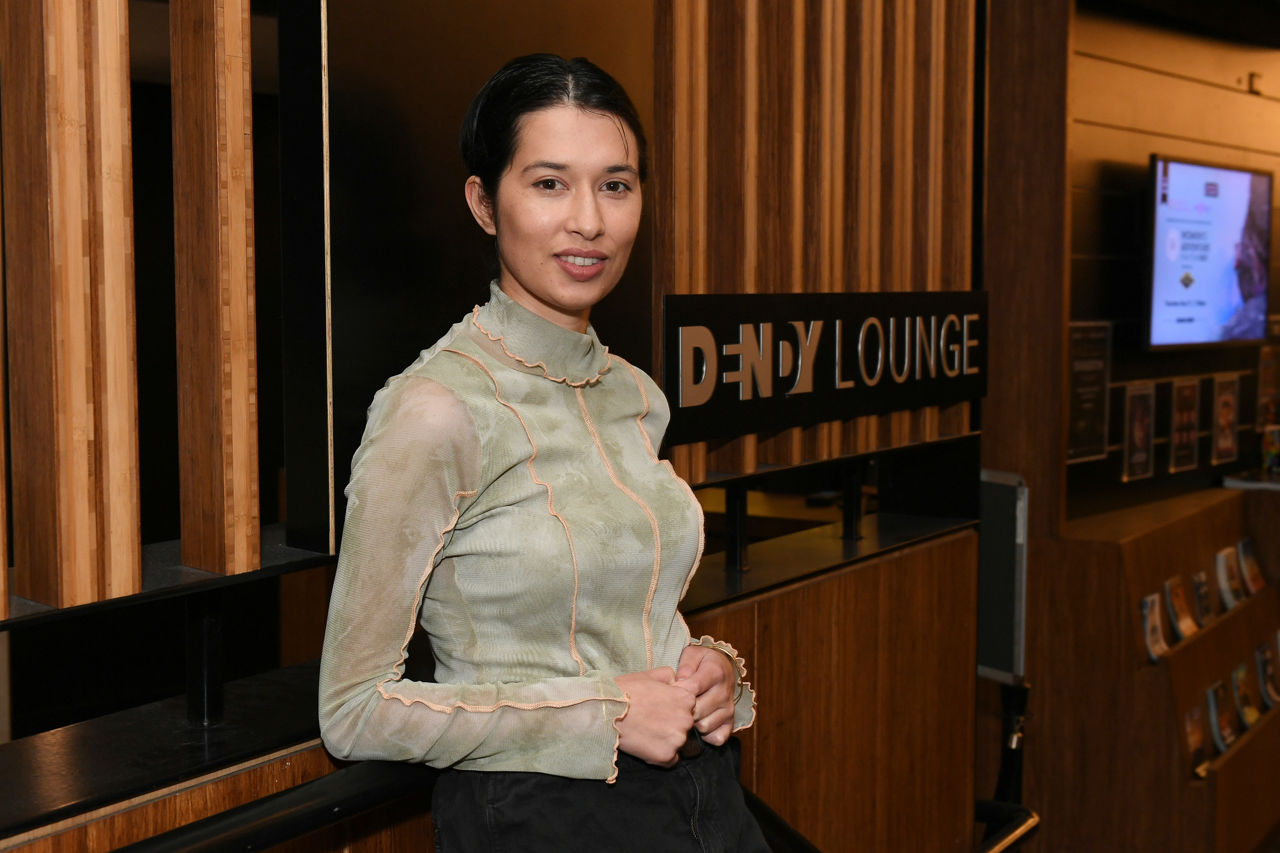
What do you feel you’ve learned from making this film? Is this a subject matter you’d like to explore again in the future?
I’ve learnt from making this film how to set up an emotional journey for an audience in the most impactful way possible through the form and medium of the film itself. Before, I hadn’t ever really experimented with how powerful a punch you can pull. But I also learnt how to make the emotion feel earned; unlike a cheap trick, it's a beautiful dance. I think impactful storytelling must come from a sensitive and genuine place. Audiences can tell otherwise and feel cheated.
What does it mean to you to win a YDA?
It means a great deal! YDA has launched the careers of many directors I admire (Dani Pearce, Salomon Ligthelm, Miles Jay), and it is an honour to be among this year's winners.
When you put work out into the world, you wonder whether it will connect to people, so it's very validating to have this film recognised by the jury.
When you put work out into the world, you wonder whether it will connect to people, so it's very validating to have this film recognised by the jury. It’s always satisfying when an artistic risk pays off.
What’re you working on at the moment? And what’s coming next?
I am developing a long-form project set during the Black Summer of 2019 about a group of friends in their 20s who go into the Australian bush to celebrate the upcoming year of 2020 despite the threat of impending disaster.
While this project is being developed, what's next is working with Revolver to facilitate the creation of brave, impactful, and successful screen advertising that connects with modern audiences. I advocate for genuine and meaningful representation on our screens, aiming to push the medium into the future with sensitive, sophisticated and emotional cinematic language.
)









